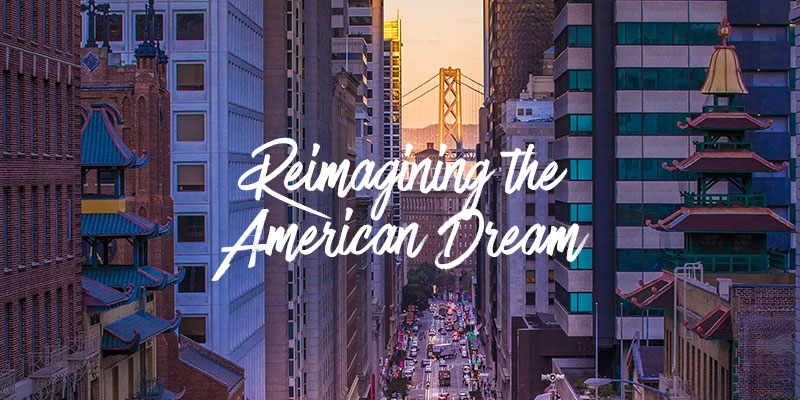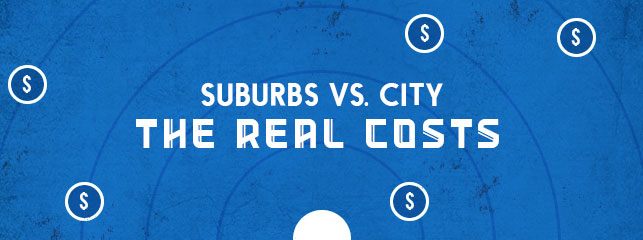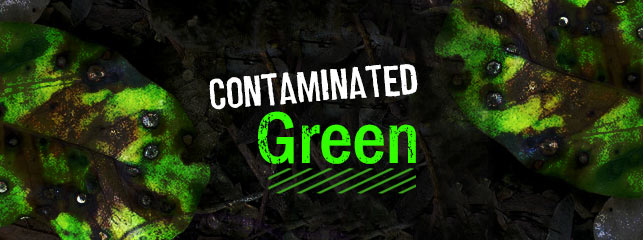Nowadays, more and more people are doing their part to be ‘
green.’ People all over the country are greening their homes with solar panels, solar water heaters, trash compactors, low water use plumbing fixtures, energy efficient light bulbs and mechanical units. The hybrid car is selling like hot cakes and the all-electric car is gaining in popularity as well. Governments and other organizations are beginning to require that all new buildings are
built to LEED standards, with each building aiming to be more sustainable and ecologically friendly. Together, each of these tactics plays a huge role in transforming the way we have been living into a more eco-friendly way of life – or so we believe.
In reality, true sustainability has been contaminated by companies, governments and other organizations who want us to believe that we are being
green. By creating eco-friendly products, promoting
green technologies, eco vacations, etc. – we’ve bought into the idea that sustainability is just another thing to obtain. But it’s not a gadget or technology – it’s a context. Sustainability is not a micro phenomenon applied to individual components, it is a network of deeply interdependent relationships, a way of living that goes beyond a product or service you can purchase.








